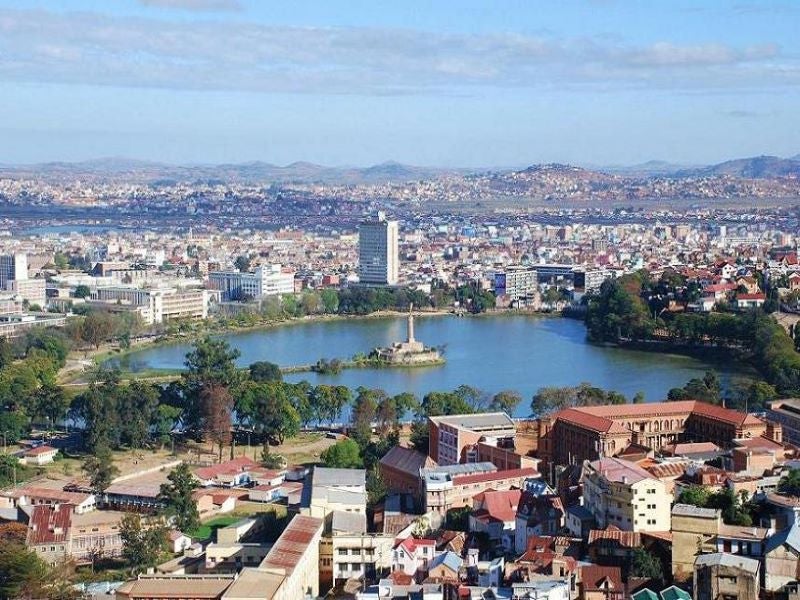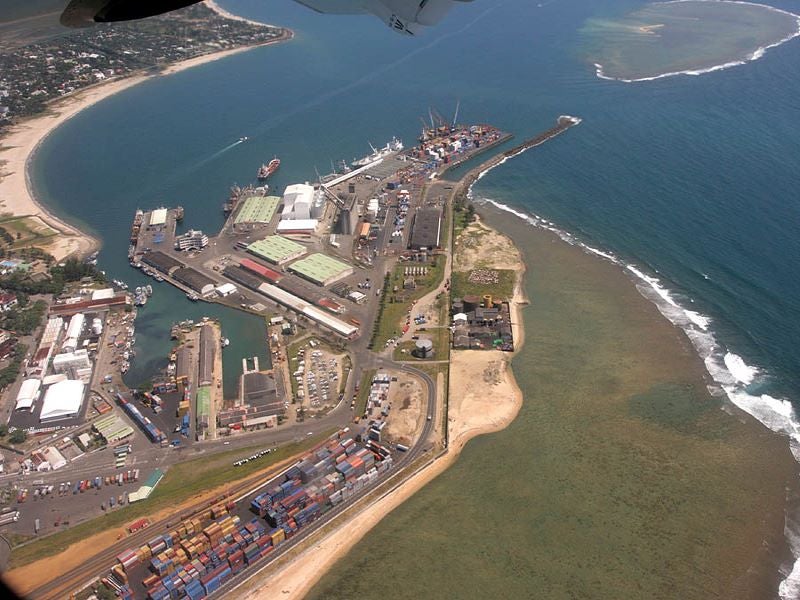The Ambatovy nickel-cobalt project located in Madagascar is one of the biggest lateritic nickel mining operations in the world. Involving a total estimated project cost of more than £6bn ($8bn), the large-tonnage, open-pit project also represents one of the biggest foreign investments in sub-Saharan Africa and the Indian Ocean region.
Operational since January 2014, the Ambatovy nickel-cobalt project is a joint venture partnership between Canada’s Sherritt International Corporation, Sumitomo Corporation of Japan, and Korea Resources Corporation.
The mining permit for the Ambatovy project was granted in 2006 for a period of 40 years followed by a project certification by the Government of Madagascar in 2007, while the construction permits for the mine as well as the processing plant were received in the following year.
The project has an annual production capacity of 60,000 tonnes (t) of refined nickel, 5,600t of refined cobalt, and 210,000t of ammonium sulphate fertilizer over a mine life of minimum 29 years.
Mining operations at Ambatovy, however, are currently on hold due to the COVID-19 pandemic and are planned to be resumed in the fourth quarter of 2021.
Project location
The Ambatovy nickel-cobalt project is located in the Alaotra Mangoro region near the city of Moramanga, approximately 80km east of the capital city of Antananarivo in Madagascar. The project hosts the Ambatovy and the Analamay deposits, and the mining tenement covers approximately 1600ha.
Geology and mineralisation
The geology for the Ambatovy project is primarily composed of the Precambrian metamorphic rocks and the Palaeozoic to Tertiary-aged intrusive rocks of the Cretaceous period. A prominent north-south striking belt of gneisses and migmatites underlines the project area.
The gneissic terrain is intersected by the Amtampombato Complex which is mainly composed of gabbroic and syenitic rocks, and two smaller ultrabasic bodies. The Ambatovy deposit is located towards the southern margin of the complex while the Analamay ultrabasic deposit lies at the eastern margin.
The Ambatovy and the Analamay ore bodies are weathered lateritic nickel deposits located approximately 3km apart and jointly constitute one of the world’s biggest lateritic nickel reserves. The ore bodies are exposed on an uplifted ridgeline, while the laterite layer IS sub-divided into the ferricrete, ferralite and the saprolite zones with an average thickness of approximately 50m.
The ferricrete layer is an exposed hard, rock-like crust over the top of the deposit layer, while the reddish-brown, clay-like ferralite layer that forms beneath the ferricrete layer comprises the bulk of the economic ore. The saprolite layer occurs as a transitional zone that is neither fresh parent material nor completely altered into the ferralite.
Nickel and cobalt reserves
The Ambatovy and the Analamay deposits were estimated to hold approximately 152.1 million tonnes (Mt) of proven and probable mineral reserves containing approximately 1.42Mt of nickel and more than 120,000t of cobalt, as of December 2018.
Mining methods
The mining activities at Ambatovy and Analamay utilise traditional open-pit mining methods with the use of hydraulic back hoe or front shovels and haulage trucks. Blasting is not required due to the exposed nature of the ore bodies.
The initial pit design calls for the mining development starting in west Ambatovy with gradual expansion in 200m push backs with an aim to build up the ore production rate to six million tonnes per annum (Mtpa).
The mined ore is transferred to an on-site ore preparation plant for separating laterite from waste and mixing water to it to produce ore slurry.
The ore slurry is fed through a pipeline system that links the mine to the processing plant located 220km away and 11km south of the Port of Toamasina.
Mineral processing
At the processing plant, the ore slurry is fed into large autoclaves to undergo pressure acid leaching (PAL) where it is heated and mixed with sulfuric acid.
The leach discharge slurry from the autoclave passes through a counter-current decantation (CCD) wash circuit to separate nickel and cobalt solution.
The tailings from the CCD wash circuit are neutralized with limestone and are introduced into acid neutralization circuits to recover metals such as iron and aluminium.
Nickel and cobalt are recovered from the pregnant leach solution via the precipitation process with the help of high temperature and pressured hydrogen sulphide gas to produce concentrated mixed sulphides.
The concentrated sulphides mixture undergoes filtration, sedimentation, and extraction with organic solvents to produce two separate purified solutions of nickel and cobalt.
The final concentrate products are washed, dried, and packaged for export from the Port of Toamasina.
Contractors involved
SNC Lavalin was awarded the engineering, procurement, construction, and management (EPCM) contract for the Ambatovy nickel-cobalt project in 2007.





